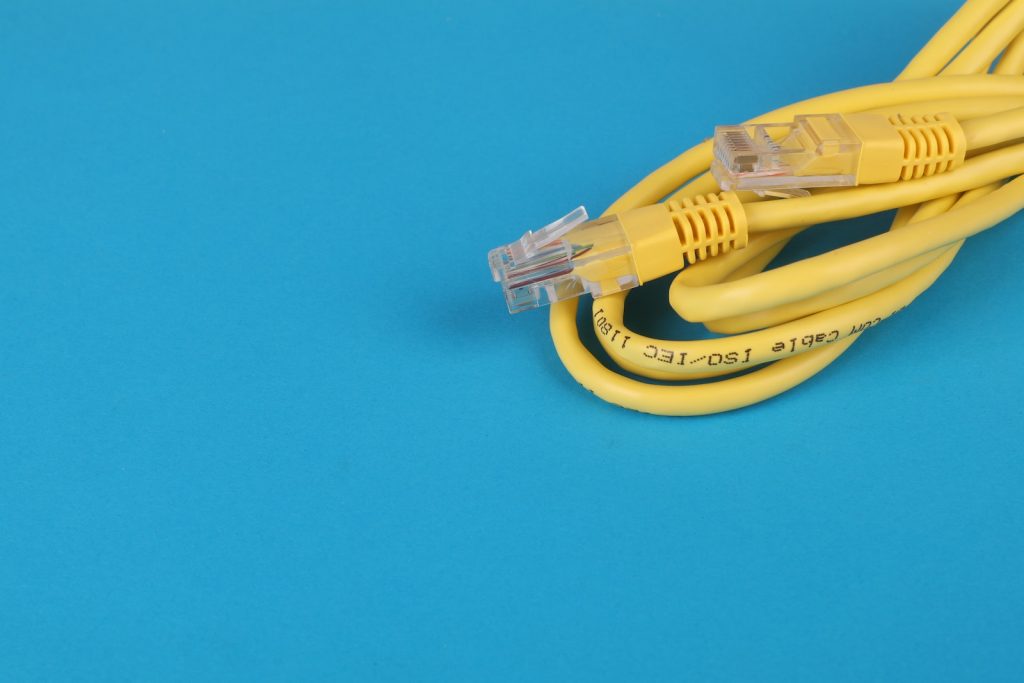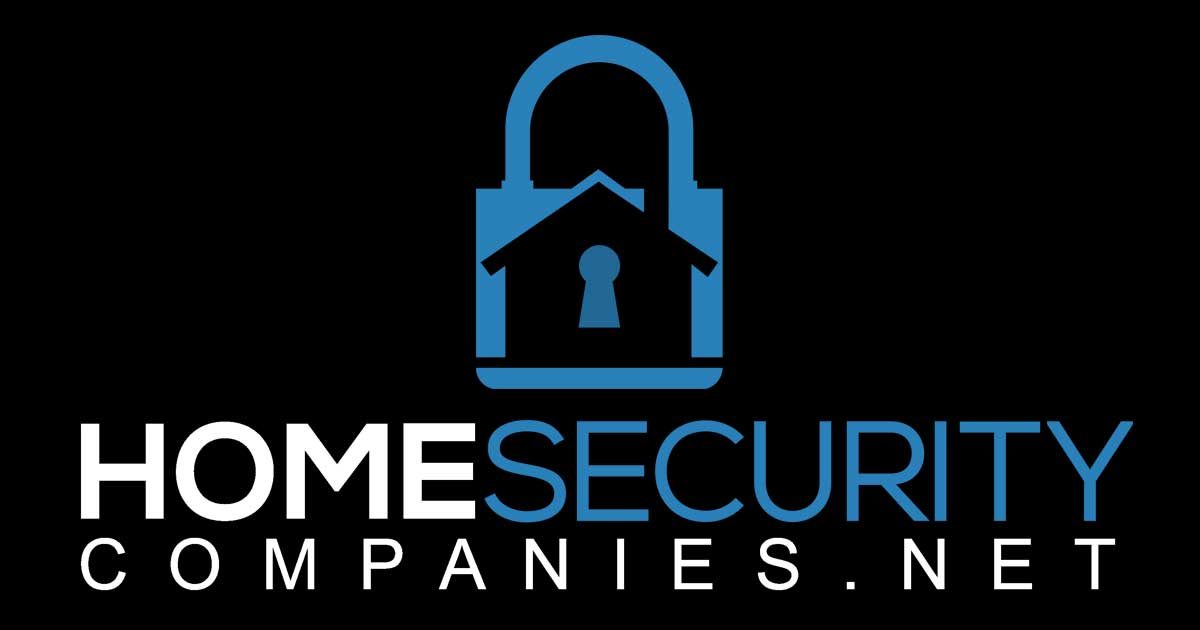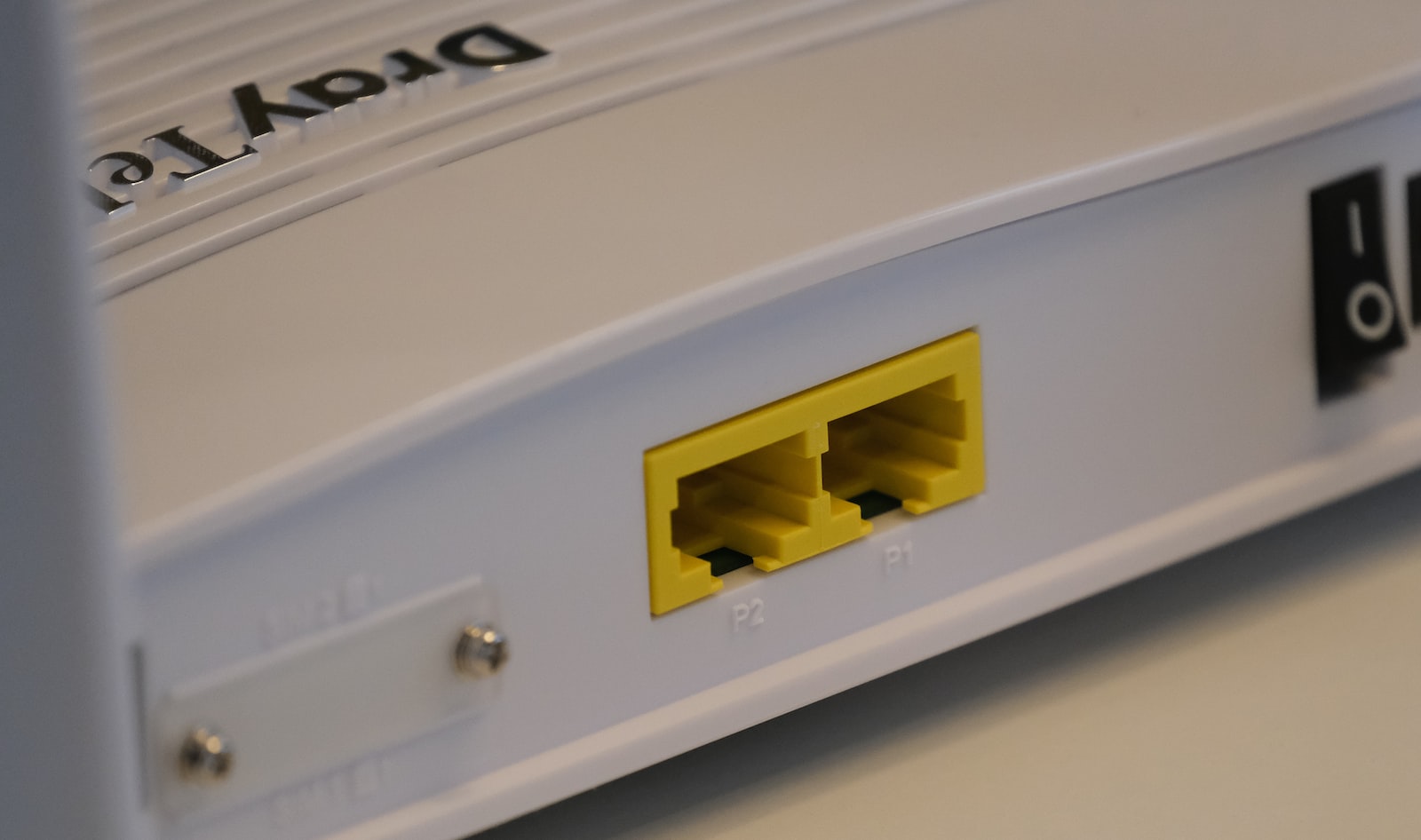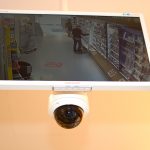Table of Contents
- Introduction to Power-over-Ethernet Home Security System
- What is Power-over-Ethernet (PoE)?
- Benefits of PoE
- Determine If Your Home Security System Supports PoE
- Conclusion
- Frequently Asked Questions
Introduction to Power-over-Ethernet Home Security System
When it comes to home security, there are a variety of factors to consider. One important decision is whether to go with a wired or wireless system.
In this blog post, we’ll discuss power-over-ethernet (PoE) and its benefits for home security systems. PoE allows data and power to be transmitted over the same cable, which can be helpful when you’re installing a security system in a difficult-to-reach location.
So if you’re considering a new home security system, keep reading for more information on PoE.
What is Power-over-Ethernet (PoE)?
Power over Ethernet (PoE) is a game-changing technology for home security systems.
By using the same Ethernet cable that carries data, PoE allows for a simpler and more cost-effective setup of your home security system. There are practically limitless applications for PoE technology when it comes to home security–adding sensors, cameras, lights and even locks can all be powered by one cable.
In addition to saving time and money during installation, PoE also makes troubleshooting significantly faster since all components only use one cable. With the increasing power requirements of modern surveillance systems, the ability to deliver both power and data over the same cable is a revolutionary development in home security technology.
Furthermore, having your system run on PoE makes it easier to upgrade components such as cameras or sensors- simply swapping out cables rather than buying or installing entirely new systems means far less costly and timely maintenance.
As such, PoE is an essential innovation for today’s homeowners seeking secure and reliable home security solutions that don’t break their budget.
Benefits of PoE
Eliminates the Need for Extra Cables

PoE is changing the landscape of the modern network infrastructure. By allowing the transfer of power, data, and multimedia all through a single Ethernet cable, PoE eliminates the need for a separate power adapter, effectively streamlining both installation and maintenance.
PoE-enabled devices can be installed with a single-step plug-and-play setup, making them significantly easier to deploy compared to more traditional setups that require a power brick.
Furthermore, because these components are powered through Ethernet cables, they can be placed in out-of-the-way areas without worrying about access to an outlet or roundabout cabling solutions that might interfere with other operations or cause roadblocks during service.
PoE makes it much faster and easier to place new devices and expand existing networks while increasing reliability and usability at the same time.
Low Voltage and Reduced Fire Risk
The use of PoE has enabled the widespread deployment of devices in locations where it would otherwise be challenging to provide a reliable and secure power source. PoE makes it possible to extend networks without incurring the cost of a full wiring installation.
Compared with traditional methods that use high voltages, this system is safer as well as more affordable. In fact, PoE’s low voltage reduces the risk of potential electrical shocks or fire hazards.
Moreover, PoE delivers an equal power source across multiple devices so that they do not need to be hard-wired into a live mains supply. This helps to ensure the safety and security of anyone who is using the network, making it a popular choice for homes and businesses alike.
Reliability in Power Outages
PoE allows your home security devices to stay powered even if the power goes out. PoE-enabled devices are able to receive power through existing network cables, allowing them to keep working even if the power in your home is disrupted.
This means that in an emergency, your devices will stay online and continue to provide reliable and secure surveillance of your home. This ensures continuity even during storms or blackouts, providing the reliability that can often be lacking in areas set up that only run on outside resources.
Finally, PoE allows for efficient power transmission without bulky power cords getting in the way, eliminating potential difficulties posed by poor cord management while also freeing up space for other devices or furniture.
With all these advantages, it is clear that PoE technologies are reliable because they can provide a continuous energy supply regardless of whether or not an area is supplied with conventional electrical sources.
Determine If Your Home Security System Supports PoE
To determine if your home security system supports Power-over-Ethernet (PoE), you can start by checking the product documentation or specifications provided by the manufacturer. This information is often available on the manufacturer’s website or in the manual that came with the system.
Alternatively, you can contact the manufacturer directly to inquire about PoE compatibility. Be sure to have the model number or other identifying information for your system on hand to help them assist you more quickly.
If you purchased your home security system from a retailer or installer, you can also ask them about PoE compatibility. They may have information about the system’s features and capabilities, or they may be able to point you in the direction of the manufacturer’s resources.
In some cases, it may be evident that your home security system supports PoE based on the way it is installed. If the system uses Ethernet cables for both data and power, it is likely that it is PoE-compatible.
On the other hand, if the system requires a separate power adapter or uses a different type of power connection, it is less likely to support PoE.
Regardless of how you go about determining PoE compatibility, it is important to confirm that your home security system supports this technology before you install it. This will ensure that you can take advantage of the convenience, safety, and reliability that PoE offers, and avoid any potential issues that might arise from using an incompatible system.
Conclusion
Power-over-Ethernet (PoE) is a convenient and safe way to power your home security system. It uses the same Ethernet cable that carries data, so you don’t need a separate power adapter. Additionally, PoE is less likely to cause fires or electrical shocks because it uses low voltage. If you’re not sure whether your system supports PoE, check the product documentation or contact the manufacturer or installer for more information.
Frequently Asked Questions
Power-over-Ethernet (PoE) is a technology that allows electrical devices, such as security cameras and access control systems, to be powered by the same Ethernet cable used for data transmission.
The main benefit of using PoE for home security systems is that it allows multiple cameras to be powered with only one cable, eliminating the need for multiple power outlets. PoE is also safer than conventional electrical sources because it uses low voltage and is less likely to cause fires or electrical shocks.
Finally, PoE eliminates potential difficulties posed by poor wiring or inaccessible power sources, making installation easier and faster.
PoE works by using the same Ethernet cable used for data transmission to also carry low-voltage power. This power is transmitted along with the data so that both are received at the device simultaneously. The device then converts the low voltage into usable power and uses it to operate.
PoE is a safe and reliable way to power your home security system. It uses low voltage and is less likely to cause fires or electrical shocks than traditional power sources. However, it’s always important to consult the manufacturer or installer if you’re unsure about any aspect of the installation process.
The main disadvantage of using PoE for home security systems is that it requires compatible hardware. This means that if you’re looking to expand or upgrade your system, you may need to invest in additional equipment that supports PoE.
PoE typically uses an Ethernet cable, such as Cat5e, for data and power transmission. However, there are some newer PoE standards that use other types of cables such as fiber optic cables. Check with the manufacturer or installer to determine which type of cable is best for your system.
PoE can power a variety of devices, including IP cameras, VoIP phones, access control systems, and audio systems.







